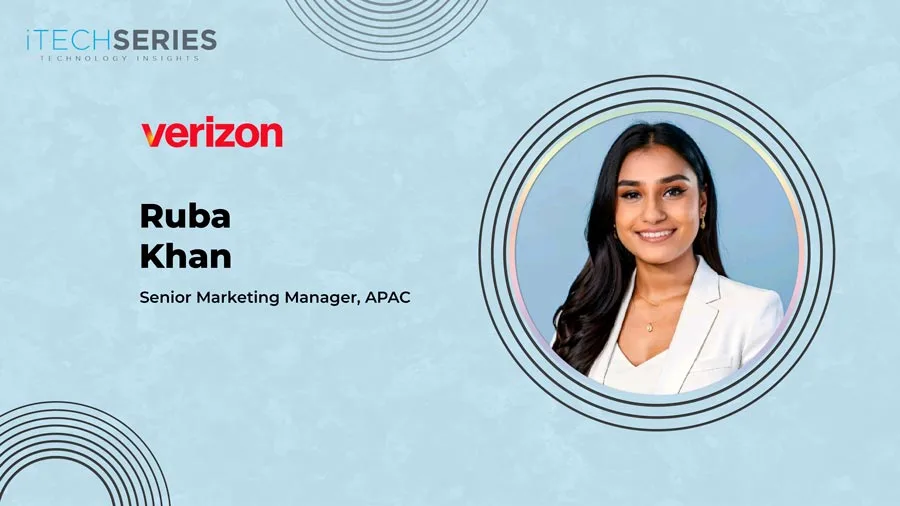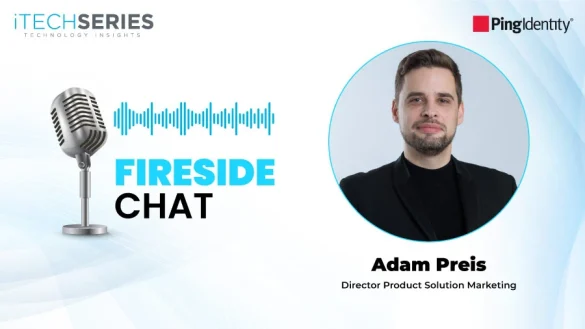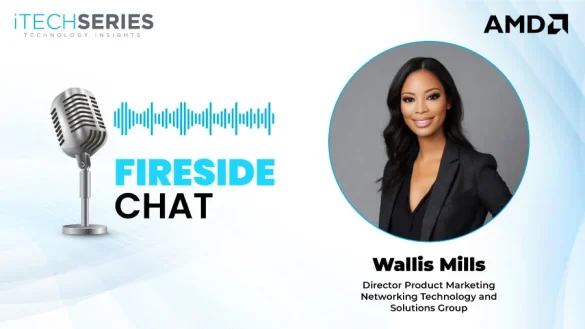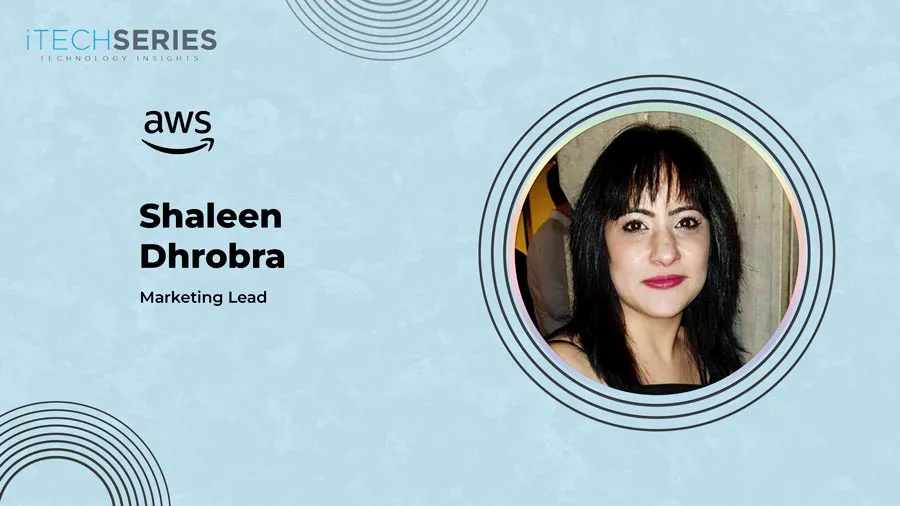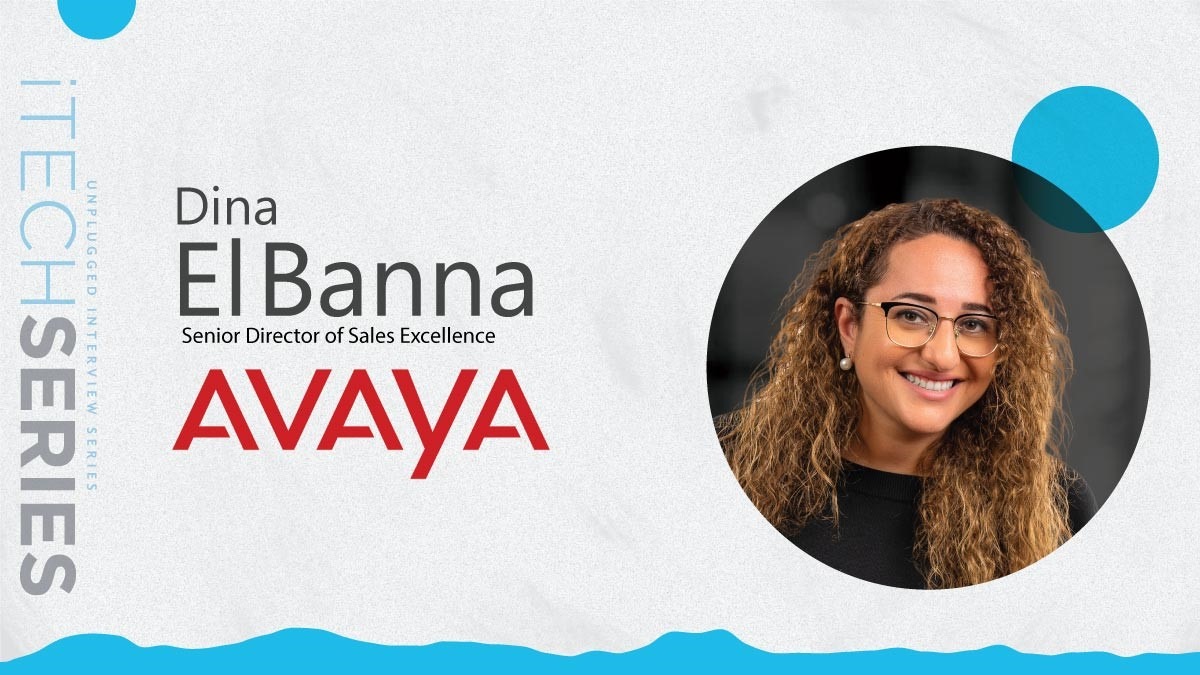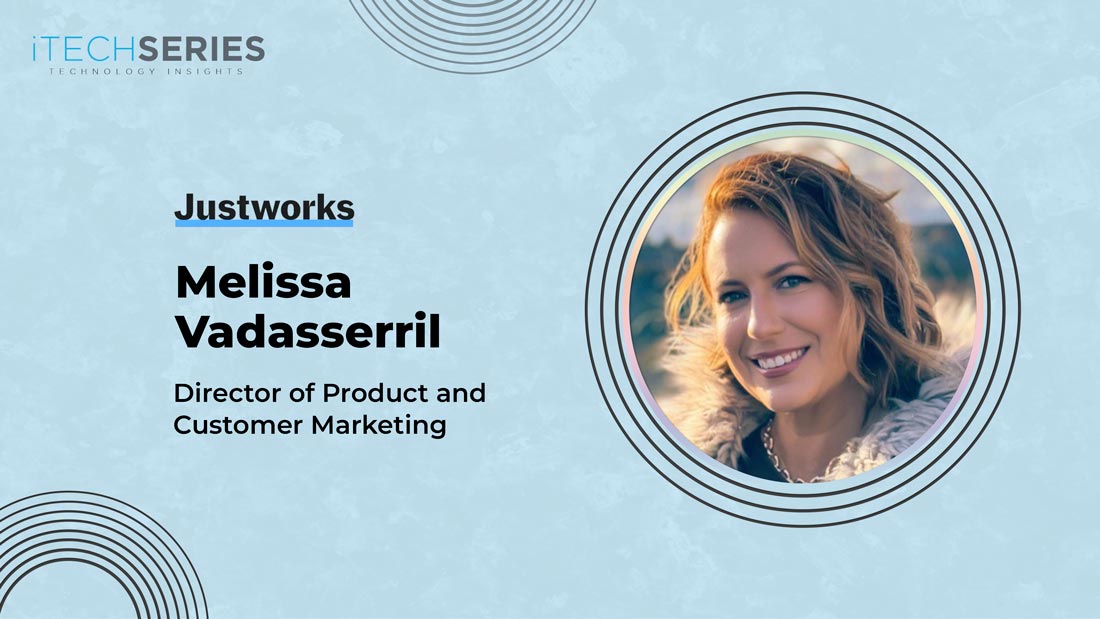Ruba Khan, Senior Marketing Manager, APAC at Verizon, shares her journey from digital demand generation to leading new business marketing across the region. She discusses balancing brand-building with revenue accountability, optimizing multi-channel performance, adapting strategies for diverse markets, leveraging data-driven insights, and shaping marketing’s evolving role in the go-to-market space.
Welcome to the interview series, Ruba. Could you tell us about yourself and your journey as a go-to-market leader?
Thank you for having me! While many marketers arrive in the industry through career pivots or unexpected opportunities, my path was more traditional. I studied marketing at university while interning at a technology start-up, where I quickly became immersed in digital and demand generation. From that point on, I was hooked on the challenge of turning marketing into measurable business growth. Ten years later, I now lead new business marketing at Verizon Connect across the Asia-Pacific region. My career has been rooted in corporate B2B verticals such as technology, finance, and construction, where I’ve thrived on combining structure, strategy, and creativity to deliver results. In my current role, I work closely with sales and senior stakeholders, carrying direct accountability for an inbound revenue target each month. I enjoy that responsibility because it keeps me connected to the bottom line and makes the impact of marketing crystal clear.
Beyond the day-to-day, I stay active in the wider industry, most recently serving as a judge for The Drum Marketing Awards APAC. I am passionate about elevating marketing’s role inside the business. For me, marketing is not just design or clever copy; it is a growth engine that influences revenue and drives impact.
As a marketer, how do you balance long-term brand-building initiatives with immediate pipeline and revenue goals?
I view long-term brand-building as a separate, but equally crucial, pillar of any marketing strategy, and I ensure it has its own budget allocation.
The challenge often arises when brand-building activities, such as PR, are evaluated through the same lens as digital demand campaigns. Asking “how much revenue has this generated?” is the wrong way to measure brand, because its impact compounds over time rather than driving immediate pipeline. One of the biggest responsibilities for marketers is securing internal buy-in for brand investment. It’s not always front of mind for senior stakeholders, so it falls to us to articulate its value. I often explain that around 90% of our target audience isn’t ready to buy right now. That doesn’t mean we ignore them; we need to stay top of mind so that when they are ready, we’re the brand they think of first.
To make this point more tangible, I sometimes use analogies. For instance, I’ll ask a stakeholder about their last major purchase, like a car: “Did you already know which brand you wanted, or did you start with a Google search?” Most people already have a brand in mind—”I’m “a BMW guy”—and that demonstrates the power of brand equity.
With your expertise in digital marketing and demand generation, how do you optimise multi-channel campaigns and allocate resources for maximum ROI?
Testing and continuous iteration!
I remind myself never to rely on assumptions or intuition; the data always wins. That’s why I’m constantly testing new CTAs, messages, and formats. If something doesn’t lift conversion, it isn’t a loss; it’s a learning, and adopting that mindset is critical for driving long-term performance.
When it comes to multi-channel campaigns, I apply a structured test–learn–scale approach. I start by allocating smaller budgets across multiple channels to identify what resonates with the audience. Once I see traction, I double down on the channels that deliver the highest ROI while continuing to test at the margins. This ensures we’re maximising current performance while also exploring emerging opportunities. It’s equally important not to become stagnant. Even if a channel is performing well, conditions can change overnight—an algorithm update, competitor saturation, or shifting buyer behaviour. By consistently testing and iterating, I keep the portfolio resilient and ensure resources are always working as hard as possible for pipeline and revenue growth.
“Sometimes your top-performing channel in one country won’t exist in another. That’s why you should first ground your acquisition strategies, then adapt your channel mix and execution for each local market.”
What marketing strategies have been most effective in driving net new customer acquisition in a diverse region like APAC?
Be where the people are.
What I mean by that is deeply understanding your target audience and identifying the right channels to reach them. In APAC, while overall strategy and goals can remain consistent, the channels vary significantly by market, which makes local research critical. Take Grab, for example. It’s a behemoth in Southeast Asia, covering everything from rideshare to food delivery, and its GrabAds platform is a powerful way to reach consumers. But in Australia and New Zealand, Grab doesn’t exist. A marketer might assume they can simply switch to Uber or DiDi, but these are not like-for-like substitutes, and there’s no direct equivalent to GrabAds in those markets.
This illustrates that marketing in APAC isn’t a drag-and-drop exercise. Sometimes your highest-performing channel in one country won’t even exist in another. That’s why I always ground my acquisition strategies in audience insights first and then adapt channel mix and execution to fit each local market.
Which metrics or KPIs are most critical for evaluating marketing performance across channels like email, social, web, and paid media?
As an acquisition marketer, I approach performance measurement from a bottom-of-funnel perspective. The key question is, “How much am I spending, how much am I getting back, and is it in line with my goals?”
There are a few critical metrics that, together, give a full picture of channel performance. Conversion rate is vital. Out of the prospects we acquire, how many actually turn into closed business? For paid and social channels like Google or Meta Ads, cost per lead is equally important. A channel with a slightly higher conversion rate is not necessarily better if it costs twice as much to acquire that lead. That is where return on ad spend (lovingly known by marketers as ROAS) comes in, the true measure of efficiency and profitability, which can be tracked. Of course, in complex B2B environments with long sales cycles, tying spend directly to revenue is not always straightforward. That is why I use a mix of pipeline attribution, conversion metrics, and ROI-focused measures to make sure resources are allocated where they will drive the most impact.
How do you see AI and human creativity working together to craft compelling stories and marketing campaigns in today’s landscape?
Perhaps this is a controversial take, but I don’t use AI for ideation or for crafting marketing stories. The outputs are not incorrect, but they are usually generic and uninspiring, which leads to mediocre performance.
Where AI really shines is in automation and scale. It can take on repetitive tasks, analyse large datasets to uncover insights, refine copy variations, and enable personalisation at a level that would be impossible manually. Those are all areas where it adds huge value. But when it comes to emotive, compelling storytelling, that still comes from human creativity. A marketer’s perspective, intuition, and ability to connect with an audience on an emotional level are what make campaigns truly engaging and memorable. The real power is in combining the two, using AI to handle the scale and efficiency, while humans focus on innovation and storytelling.
How has the role of marketing changed within a broader go-to-market setup?
Marketing has evolved into a true strategic partner over the last few years, which I love to see. When I first started my career, there was more of an attitude that marketing was responsible mainly for top-of-funnel metrics and generating leads. Today, the role has expanded to include a measurable impact on revenue. Many organisations now track inbound revenue, and marketers are increasingly held accountable for their contribution to the bottom line, which is a positive shift for both the function and the business.
What would be your advice to marketers who are starting their journey?
My advice would be: generalise before you specialise.
Try as much as you can across different areas of marketing, and don’t pigeonhole yourself too early. Even if your ultimate goal is to become a digital marketer, gaining experience in other functions and industries will make you a stronger marketer overall. Starting in a generalist role is a great way to do this. It helps you build better synergy with other marketing stakeholders and makes it easier to pivot later, and you may discover a marketing area that aligns even better with your skills and interests.
Finally, if you are struggling in your job search, don’t give up. Marketing is a competitive industry to break into, but once you are in, opportunities and growth become significantly easier.
About Ruba Khan
Ruba Khan is Senior Marketing Manager, APAC at Verizon, where she leads marketing strategy focusing on customer acquisition, pipeline growth, and measurable revenue impact. With over a decade of experience in growth marketing, demand generation, and digital execution, she brings a data-driven, commercially focused approach to aligning marketing with sales. An MBA candidate at Macquarie Business School, Ruba also serves as a jury member for leading industry awards.

